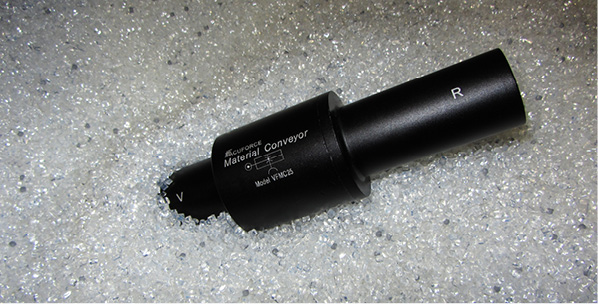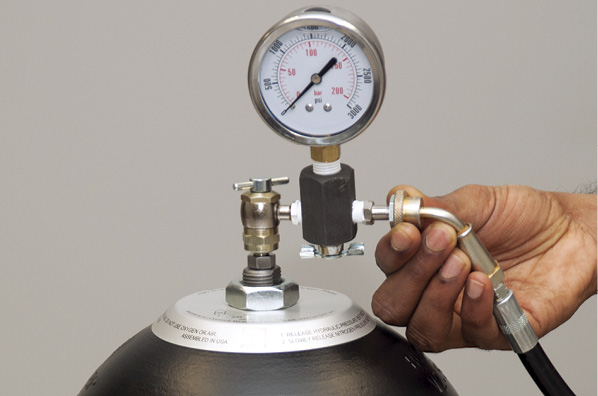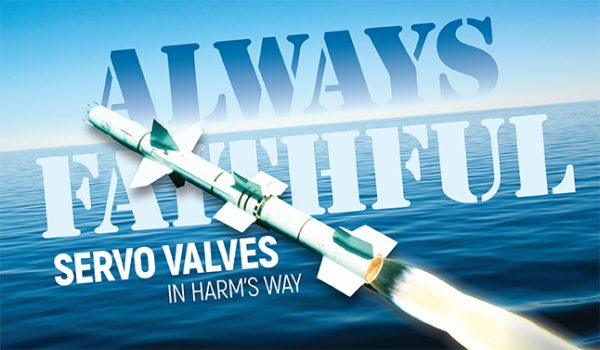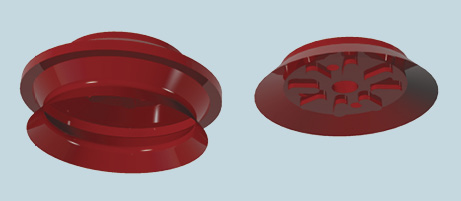Compressed Air Systems: Watch the Water
By Ron Marshall, Marshall Compressed Air Consulting
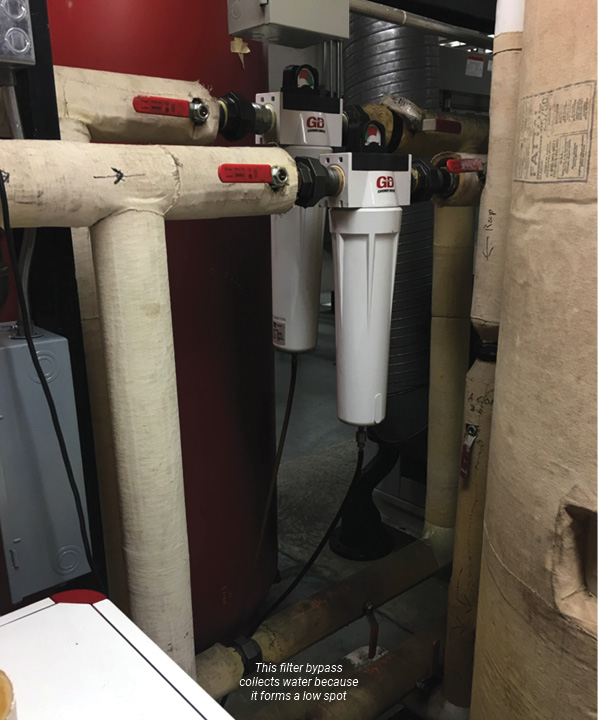
Water is something that is often overlooked when laying out the piping in a compressed air system. Air compressors can make a lot of it. Yet, if the piping system is not laid out correctly, water will end up making trouble for downstream equipment or processes. Free water in a system dissolves dirt and oil, and may produce rust, and provides a place for microbes to grow in the oxygen rich environment. That’s why wet compressed air sometimes smells like an old gym sock. Not really something you want sprayed on your valuable product.
When air compressors reduce the volume of ambient air (compress it) to produce higher pressure, the air molecules squeeze together and cannot hold as much water vapor as the original volume. In air compressors, the compressed air is cooled before it exits, cooler air cannot hold as much water vapor. The relationship is as follows: For every 20°F reduction in air temperature, the amount of water contained in saturated air reduces in half.
Most air compressors have some sort of water separator downstream of the internal aftercooler that is designed to catch the water, but few realize that the discharge is still 100% saturated. When the air travels in the pipes and is stored in a receiver or passes through a filter, it cools slightly and drops even more water. This water can end up in low spots if the piping is not carefully planned out.
Consider the filters in the accompanying photograph, they are each installed with a bypass valve and piping that runs under the filters. As the air passes through the piping, it cools, and drop by drop, over a period of days, the condensed water completely fills the bypass pipes below the filters. Then when the filters are serviced, and the bypass line is opened, a big slug of water enters the air dryer and passes downstream (air dryers cannot handle free water).
A similar problem happens if a common header is used with multiple air compressors, and the tap to each air compressor comes off the bottom of the header. If any of the compressors on that header is not running, drop by drop, the discharge piping on the shut down compressor will fill up with water, causing problems when that compressor starts.
It is for these reasons, as well as others, that the compressed air piping should be designed so that if free water is ever present (even on the dry side of the system when the dryer fails), excessive amounts of water (and oil) will not collect.
Tips about water
- Slope piping away from the compressor
- Connect piping at the top of the pipe, not the bottom
- Place drains at low spots or at points of temperature change
- Ensure compressor discharge temperatures are kept to a minimum with good ventilation
- Ensure all compressor, filter, dryer, and receiver drains are working and can be tested

